
Throughout the generations, foxes have always been considered intelligent creatures. They can also be found in almost all corners of the world and 12 major species in its group. Additionally, they are also not dangerous towards humans which makes them great companions due to their playful nature. Did we get you curious? Find out more about these cute creatures with our collection of fox facts!
- Foxes are classified in the Animalia kingdom.
- The fennec fox is considered to be the smallest species of fox.
- Foxes are omnivorous animals.
- These animals are classified in the Mammalia class.
- They are members of the Canidae family.
- Only 12 species of foxes belong to the “true fox” group.
- Foxes can be found living in all continents of the world apart from Antarctica.
- The most common and widespread species of fox is the red fox.
- The red fox has around 47 recognized subspecies.
- Foxes have a reputation for being cunning creatures.
- Many folktales around the world mention foxes.
- Female foxes are known as vixens.
- Male foxes are known as dogs, reynards, and as well as tods.
- The skull of a fox is typically flattened.
- Foxes are classified into the Caniformia suborder.
- Foxes are considered to be popular in modern pop-culture.
- A group of foxes is called a leash, skulk, or earth.
- Baby foxes can be called cubs, kits, or pups.
- Foxes are classified by their upright triangular ears and upturned snout.
- Foxes also have long bushy tails.
Fox Facts Infographics
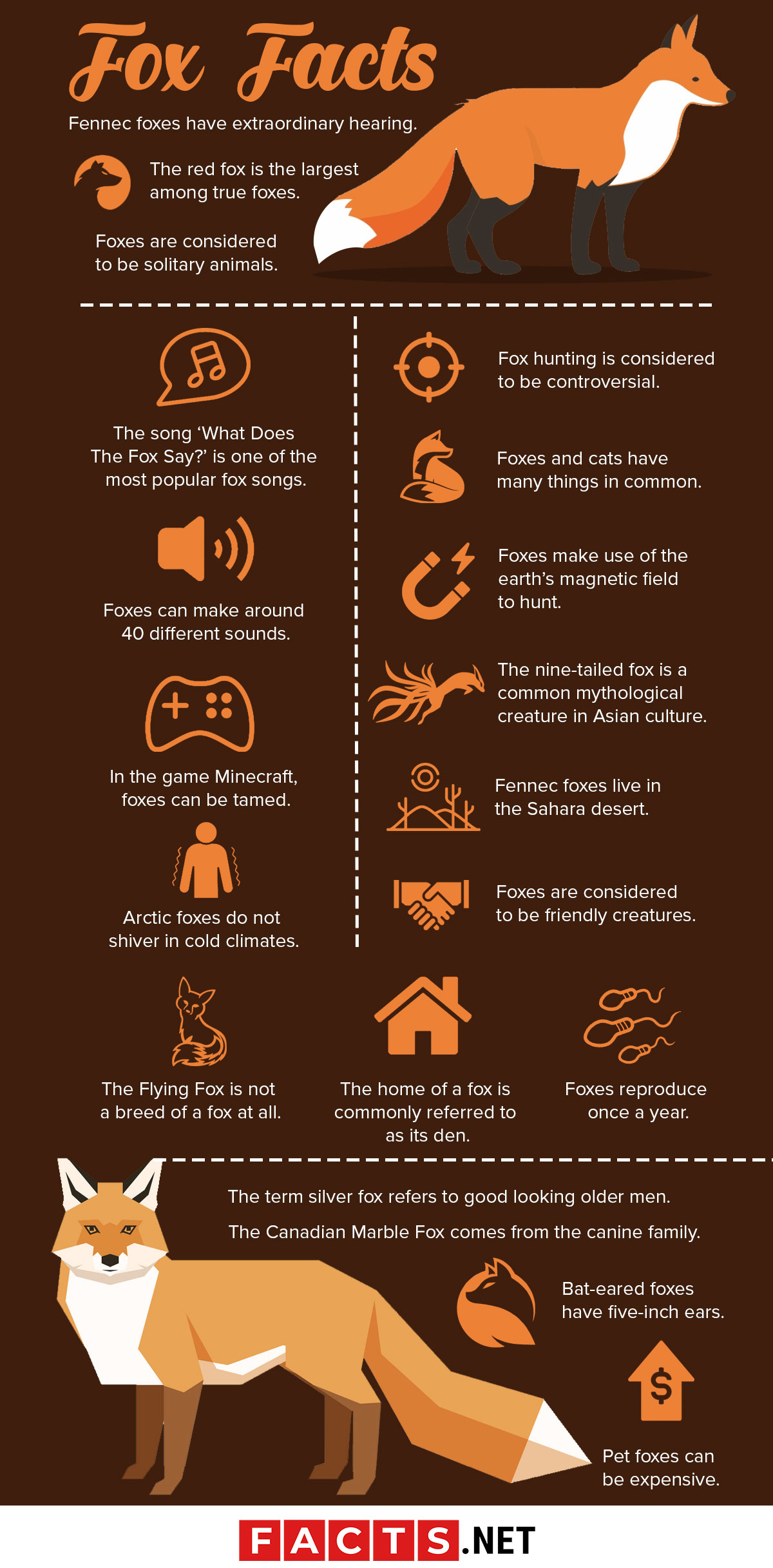
Fennec foxes have extraordinary hearing.
These small foxes use their large ears to locate underground prey. Their hearing can pick up sounds from small insects and as well as animals that move underground. The ears of the fennec fox also help regulate body temperature and keep their bodies cool.
The red fox is the largest among true foxes.
Red foxes are one of the most distributed members of the Carnivora order. They can also be found in most areas of North America, Northern Africa, Europe, and as well as Asia.
This fox species is said to have originated from smaller fox species sometime during the Villafranchian period. The red fox is also able to adapt to new environments quicker than any other species of fox.
The song ‘What Does The Fox Say?’ is one of the most popular fox songs.
The song was first released in 2013 by the artist Ylvis and quickly rose to become the top trending video of 2013 on YouTube. The song also was able to reach the sixth spot of the Billboard Hot 100 in the United States for three weeks straight. Due to its popularity, the song also became a popular meme in modern pop-culture.
Foxes are considered to be solitary animals.
Unlike other members of the dog family, foxes are not considered to be pack animals. More commonly, foxes will live by themselves or in small family groups.

Foxes can make around 40 different sounds.
One of the most well-known sounds a fox can make is its scream-like howls. Other calls are also used to communicate with other foxes during the mating season.
They also have particular calls when it comes to protecting their territory and warning other creatures of this. Foxes can make a variation of screams, barks, and howls that can range from high pitched tones to lower tones.
Fox hunting is considered to be controversial.
More particularly, the sport of fox hunting is considered more controversial in the United Kingdom. While many argued that this was good for pest control and conservation, it was found mostly cruel to the animals by many. Evidence also shows that the activity of fox hunting causes mental stress to foxes when being chased.
In the game Minecraft, foxes can be tamed.
In Minecraft, the foxes can be made by using particular materials. These foxes can then be tamed and trained to follow you and can even breed with other foxes. These animals are commonly used as a companion in the game.
Arctic foxes do not shiver in cold climates.
These foxes can be found in the most extremely cold places on the planet. Arctic foxes are not bothered by cold temperatures until it reaches -70 degrees celsius. The Arctic fox is also the only species of fox that have fur covering their paw pads.
Foxes and cats have many things in common.
Despite being related to dogs and wolves, foxes have many things in common with your typical cat. Like many felines, foxes are most active when the sun goes down and also have sensitive whiskers.
They also have spines on their tongue to help clean themselves and their cubs. They are also the only members of the canine family that can move as gracefully and agile like a cat.
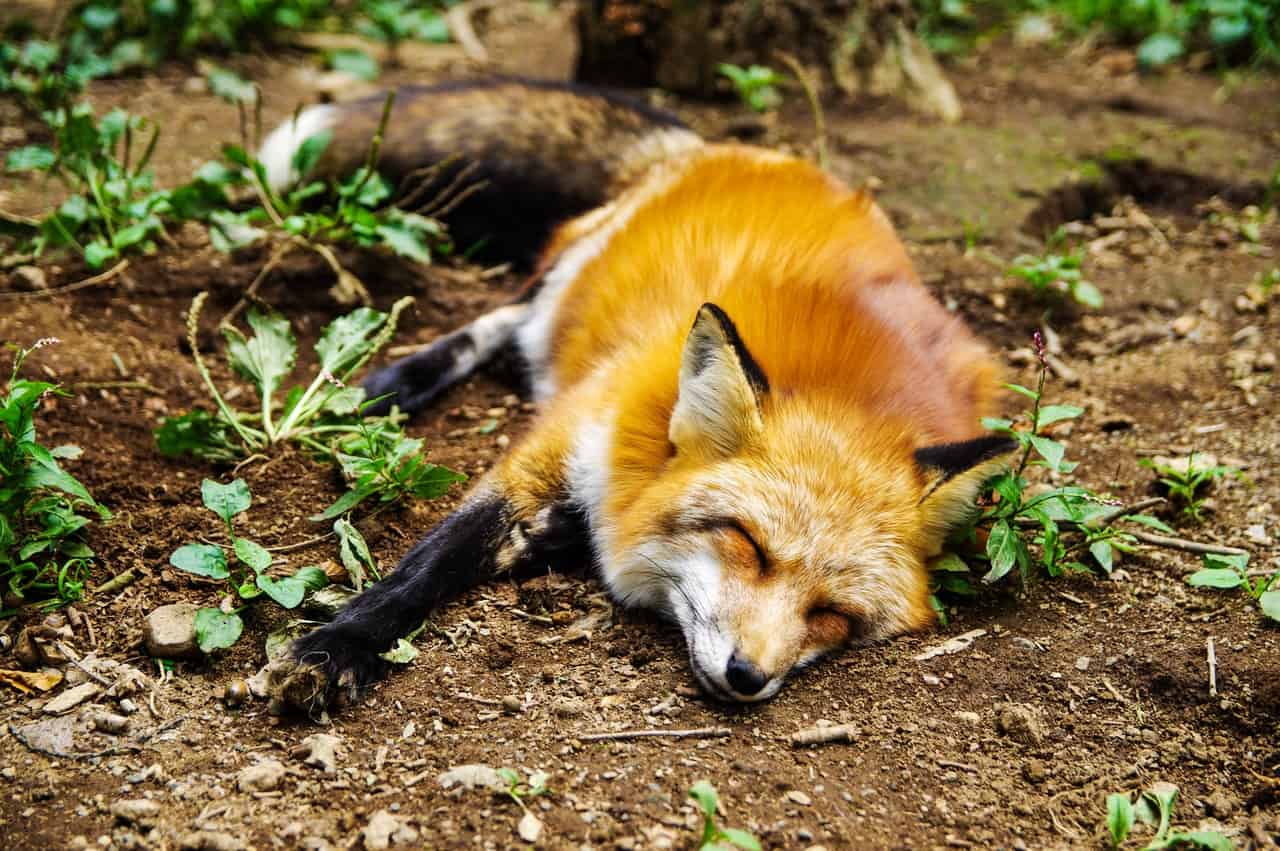
Foxes make use of the earth’s magnetic field to hunt.
Researchers have found that foxes are the first animals to use the earth’s magnetic fields to judge the distance and direction of their prey. They use this to their advantage when hunting for small animals located in high grass and deep snowy environments. They use the magnetic field to jump on their prey and successfully capture them. Their pouncing is also referred to as mousing by others.
Fennec foxes live in the Sahara desert.
These species of fox can be commonly found in North Africa and many other sandy environments. Fennec foxes are also nocturnal which allows them to better adjust to the heat of their habitat.
Their distinctive bat-like ears also allow them to regulate their body temperature and keep them cool. Their feet are also furrier than most fox species which help them protect their paws from the hot sand.
Foxes are considered to be friendly creatures.
Most fox species are known to be playful with other foxes and as well as with other animals. There is also a long history of foxes playing with humans and bonding with them as well. Foxes have been found to love playing with balls and will often take balls from golf courses and backyards.
The nine-tailed fox is a common mythological creature in Asian culture.
This mythical fox is a common entity amongst many East Asian Cultures. They are commonly believed to take on the form of a beautiful woman to seduce men to consume their bodies. However, some stories state that fox spirits are considered to be a good omen.
The home of a fox is commonly referred to as its den.
Foxes typically live in the forest and make their den by digging holes and making burrows for themselves. These will allow the fox to attain a cool area to sleep in. Foxes also use their dens to store food to save for later and keep their pups safe from other animals.
Foxes reproduce once a year.
Red foxes typically breed around late winter until the early spring season. Foxes will also find their mate by letting out loud mating cries during the night and the early hours of the morning.
By March, the two foxes will have around an average of four to five cubs born and will keep them in the den until they are eight weeks old.
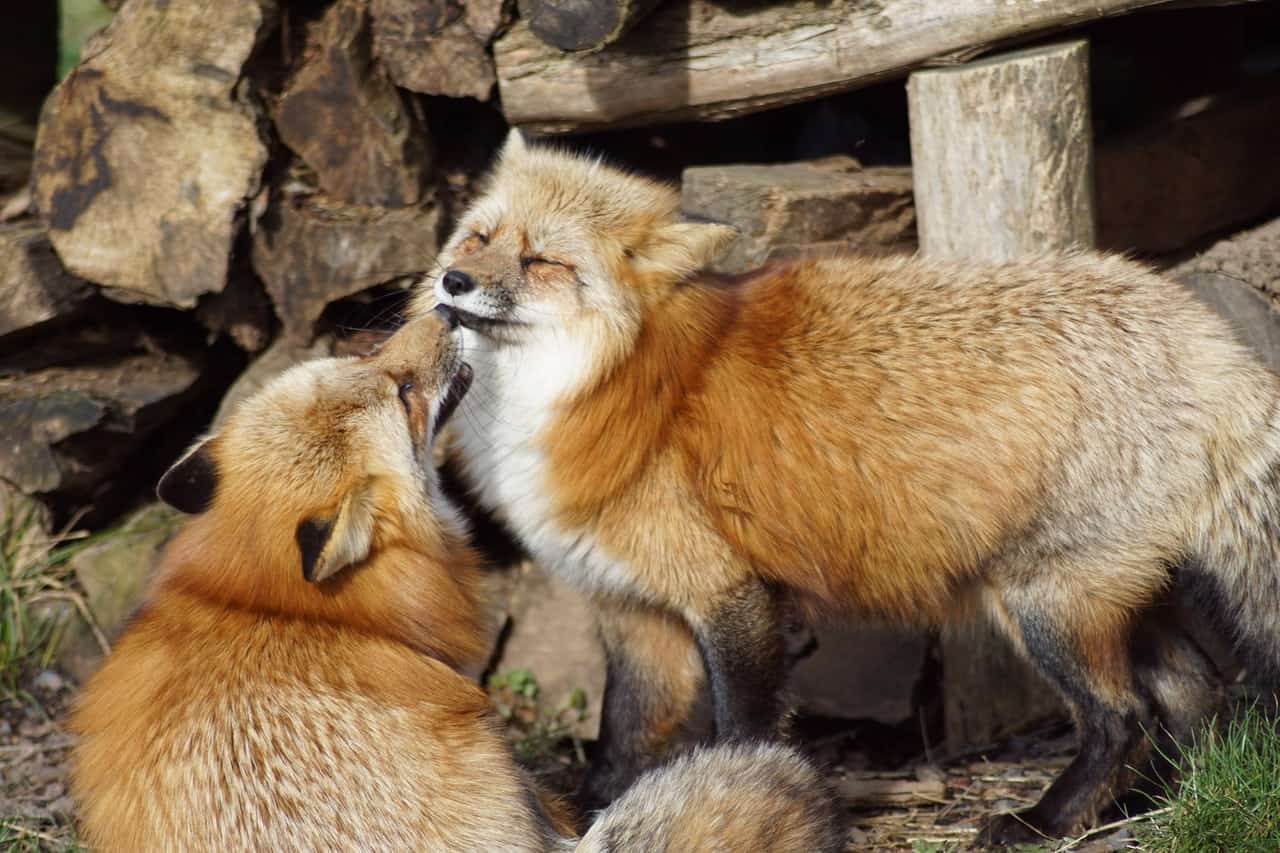
Bat-eared foxes have five-inch ears.
The ears of the Bat-eared fox is full of blood vessels that allow it to shed heat from its body to help keep it cool. These foxes have an incredibly good hearing because of their ears as well.
An adult bat-eared fox can grow an average of 54cm wide and normally live in arid grasslands or savannas. Typically, these foxes prefer to live in with short grass so that they may dig and hunt for insects to eat.
The Flying Fox is not a breed of a fox at all.
The flying fox is a species of megabats that can be found in subtropics of Asia, Australia, and East Africa. These bats are considered to be the largest in the world and can grow up to half the size of an average human.
The term silver fox refers to good looking older men.
Silver fox is a slang term used to refer to older men who are good looking. Generally, this is used on older men with gray or graying hair and is found to be charming and classy. It is also used to refer to someone clever apart from just being attractive.
The Canadian Marble Fox comes from the canine family.
The Canadian Marble fox is considered to be one of the rarest of fox species. These foxes occur from genetic mutations and can also be referred to as colored phases.
These foxes will typically have white fur that includes patches of black colored fur across its eyes, face, and ears. In the United States, some states allow people to keep them as pets and train them.
Pet foxes can be expensive.
Because they are considered uncommon to keep as pets, store-bought foxes come at a heavy price due to its rarity. Buying a pet fox can cost as much as $850 when properly domesticated from its birth.
Given that it has been domesticated, these foxes cannot hunt and will require special feed that can cost up to $75 for a week. In some states, a special permit is also required to own a fox.
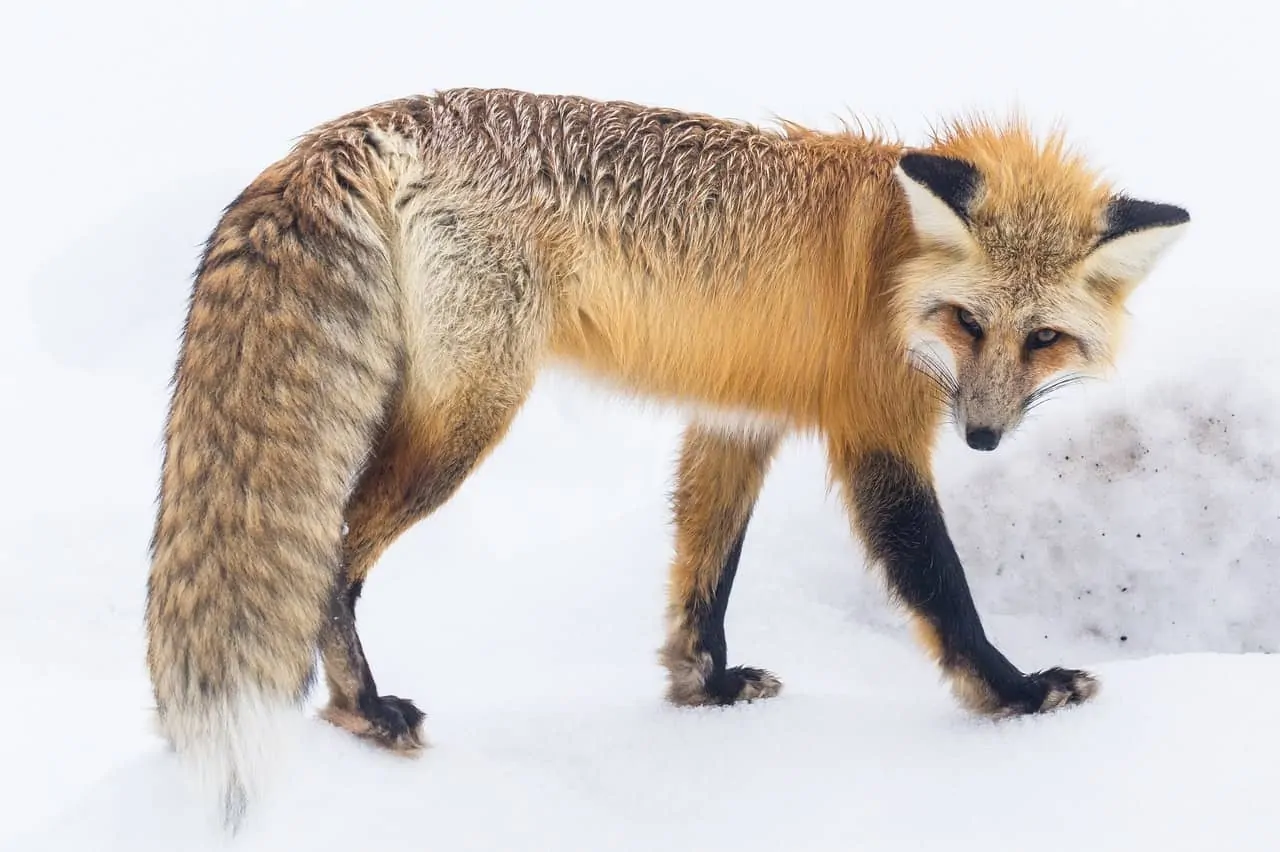
Charles Darwin once discovered a species of fox.
The Darwin’s fox is an endangered fox species from the genus Lycalopex group. These foxes can be found at the Nahuelbuta National Park where its species is being preserved and protected.
It is said that Charles Darwin first discovered the fox species during his visit to the Galapagos archipelago located in the Eastern Pacific Ocean. Darwin’s Fox is also known as Darwin’s zorro by some.
Some foxes are captured and bred for their fur.
This practice is referred to as fur farming where breeding and raising of animals is done to collect their fur later on. More commonly, animals that are collected for this use are originally from the wild and then domesticated.
Fur collected from these types of animals are considered more valuable and are referred to as ‘wild fur’. Most of the world’s farmed fur is also produced by European farmers across 22 different EU countries including Denmark, Finland, The Netherlands, and more.
Baby foxes are unable to see or walk when they are born.
When a fox gives birth to its cubs, these children will have no sense of hearing, sight, and will be unable to walk. The mothers will typically nurse them for a few weeks until they develop these senses while the male fox will go out and hunt for the family. The mother also provides milk for its cubs until they reach eight weeks of age.
Grey foxes found in North America are the only dogs that can climb trees.
The Grey fox has excellent climbing abilities that allow them to hunt for other creatures that nest in them. This fox species’ ability to climb is also shared with the Asian raccoon dog and as well as the New Guinea Wild Singing dog.
The Grey fox also uses its strong and hooked claws to climb up trees to escape predators such as hunting dogs and coyotes. By doing so, they are also able to collect fruit and other foods that grow in particular trees.
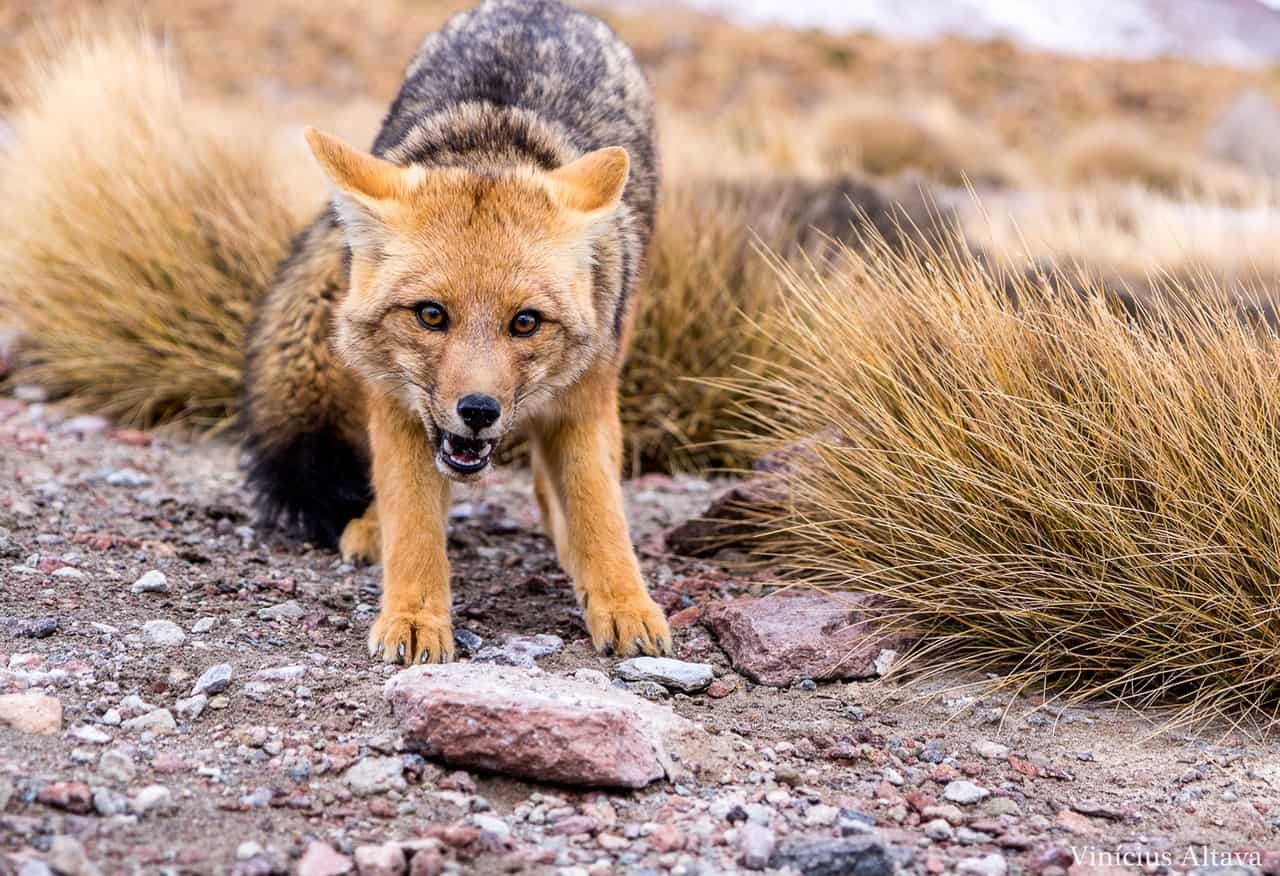
Foxes can retract their claws.
The fox is the only member of the canine family that can retract their claws much similar to how a cat can. Foxes also walk on their toes which allow them to better sneak up on their prey when hunting for food.
Some foxes live in the city.
Urban foxes typically dig their dens in the earth underneath bushes or sheds. Some also dig underneath tree roots and railway embankments.
For urban foxes, the city provides them with plenty of food and refuges. Foxes are also considered to be one of the few animals that can both tolerate and adapt to how human behavior and lifestyles change.
The diet of a fox is considered to be wide.
Foxes are omnivores which means they have a meat and vegetarian diet. Their typical diet can consist of small animals such as rats, lizards, and rabbits. They can also eat fruit, berries, insects, and vegetables.
The Sierra Nevada red fox is considered to be the rarest species of fox.
Researchers have stated that there are less than 50 individuals in the world which makes them incredibly rare. These foxes are prized for their beautiful coats. These foxes are so rare that they have only been spotted once in 2015 in nearly a century.
Fennec foxes are also the most common species of fox pets.
These species of foxes are kept as pets because of their active and playful behavior. This makes them safe companions for humans as they can be bred and domesticated.
However, despite this, they still prey on other animals from time to time. Typically, fennec foxes will hunt at night as they are also nocturnal foxes.
There is a star constellation known as "The Fox."
The Vulpecula is the Latin name which means “Little Fox.” This constellation shows a fox carrying a goose in its mouth. It was introduced in 1687 by Polish astronomer Johannes Hevelius. The Vulpecula is located in middle of the Summer Triangle, with bordering constellations like the Cygnus, Lyra, Hercules, Sagitta, Delphinus, and Pegasus.
Was this page helpful?
Our commitment to delivering trustworthy and engaging content is at the heart of what we do. Each fact on our site is contributed by real users like you, bringing a wealth of diverse insights and information. To ensure the highest standards of accuracy and reliability, our dedicated editors meticulously review each submission. This process guarantees that the facts we share are not only fascinating but also credible. Trust in our commitment to quality and authenticity as you explore and learn with us.
